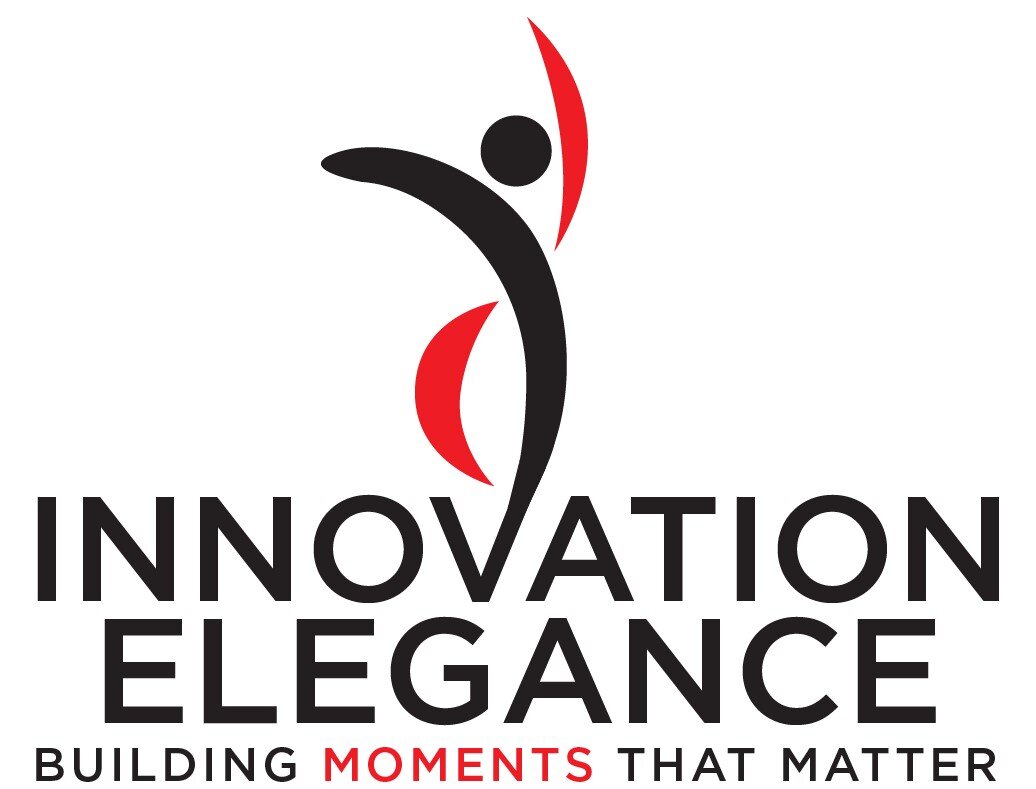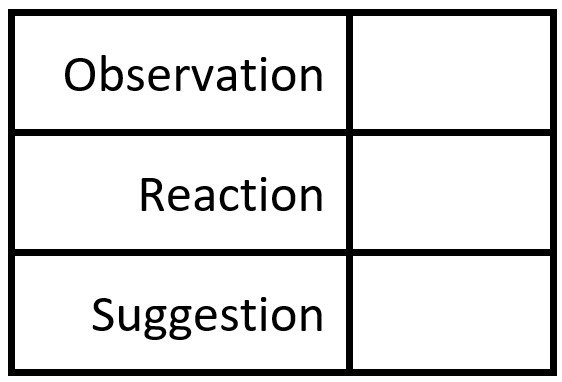Innovation Blog
The Why of an Innovation Factory
The What of your Asset Portfolio
The How In the Empathetic Arts
Approachability Menu (IP)
Approachability is an advantage. Making coaching easy is an advantage. This tool minimizes the effort to manage expectations, manage perceptions, and share helpful feedback across three communication channels.
What Can Your Project Team Learn From The Arts?
Innovation should take inspiration from an expanded view of the Performing Arts - the Empathetic Arts. The world of innovation has much to learn, benefit, and profit from audience-centric collaboration that has a great employee experience.
Go Live Announcement
The big day! Showtime! Opening Night! Let your stakeholders know that the new experience is ready for them. The Go-Live Announcement fulfills the latter “A” in ADKAR.
Elevator Pitch
Change is disruptive, so evangelize to stakeholders why your change is desirable, stylish, and cool. Formalize the “D” in ADKAR. Craft an Elevator Pitch to convey the benefits of the upcoming innovation.
Awareness Blast
At the start of every project, to accomplish the first “A” in ADKAR, notify your stakeholders. An Awareness Blast is a low-maintenance way to let stakeholders know they need to contribute, and they need to help to identify other stakeholders who need to contribute.
Training Approach
“K” - Knowledge - is the heart of ADKAR. Before you dig into detail of actual training material, put to paper all the expectations surrounding your training activities. Often, a Training Approach can apply across projects.
What Can Business Learn From Theater
Although your innovation team is not literally a theater company, you should manage it like one because you want all the same things: a great environment, a great story for your customers, a great experience for your actors, auditions for the right roles, a sense of belonging, low re-invention of the wheel, and the integration of numerous moving parts. Memories, Moments That Matter, and a Standing Ovation.
Approachability Menu
Don’t rely on HR to define and govern feedback. Own it. Conduct it yourself. Be approachable. Groom it in others. Isolate feedback into three communication channels: email etiquette, meeting etiquette, and deliverable contribution. Neutralize personality conflict. Ask and negotiate “What do you want me to do differently?”
Customer Experience Hierarchy
High-level and detailed names of how your customer experiences your products and services, in their language and through their lens.
ORS Report
Frameworks for feedback can be simple and helpful! Here is one such framework. For every point of feedback, ask reviewers to share these three ingredients.
Market Forces Matrix
How you see yourself in your market - finances, customer, competition, and the value chain.
Voice of the Customer
Actively and passively collected information to help you determine what to improve about your customer’s experience.












